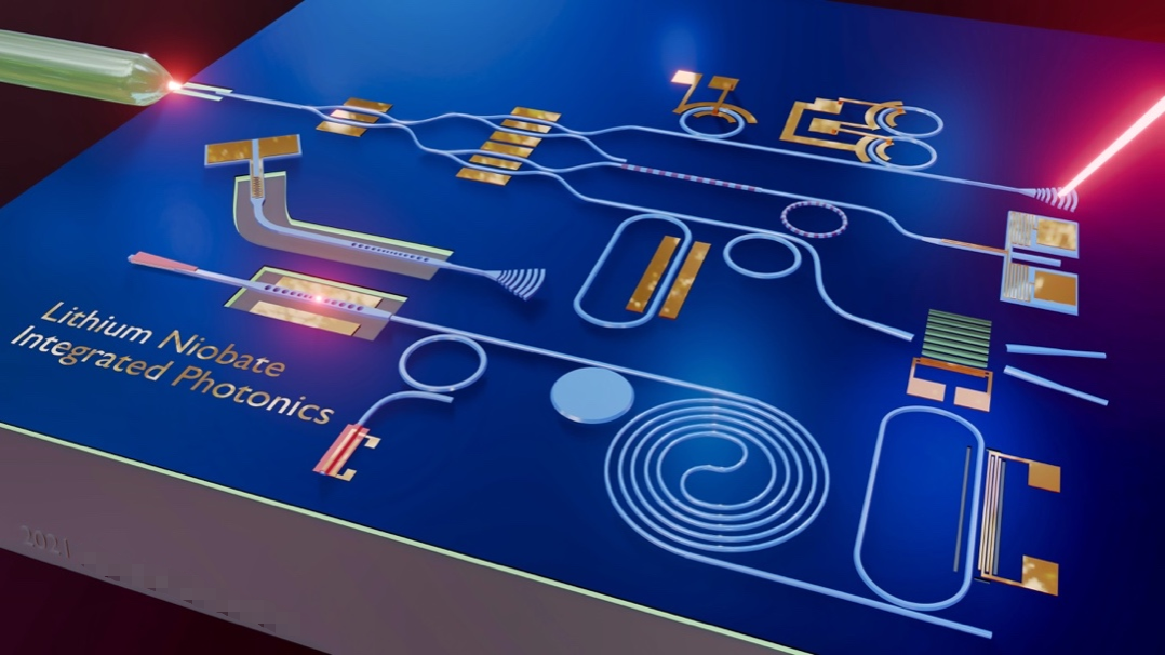An electro-optical modulator (EOM) controls the power, phase and polarization of a laser beam by electronically controlling the signal.
The simplest electro-optic modulator is a phase modulator consisting of only one Pockels box, where an electric field (applied to the crystal by an electrode) changes the phase delay of the laser beam after it enters the crystal. The polarization state of the incident beam usually needs to be parallel to one of the optical axes of the crystal so that the polarization state of the beam does not change.
In some cases only very small phase modulation (periodic or aperiodic) is required. For example, EOM is commonly used to control and stabilize the resonant frequency of optical resonators. Resonance modulators are usually used in situations where periodic modulation is required, and a large modulation depth can be obtained with only a moderate driving voltage. Sometimes the modulation depth is very large, and many sidelobe (light comb generator, light comb) are produced in the spectrum.
Polarization modulator
Depending on the type and direction of the nonlinear crystal, as well as the direction of the actual electric field, the phase delay is also related to the polarization direction. Therefore, the Pockels box can see multi-voltage controlled wave plates, and it can also be used to modulate polarization states. For linearly polarized input light (usually at an Angle of 45° from the crystal axis), the polarization of the output beam is usually elliptic, rather than simply rotated by an Angle from the original linearly polarized light.
Amplitude modulator
When combined with other optical elements, especially with polarizers, Pockels boxes can be used for other kinds of modulation. The amplitude modulator in Figure 2 uses a Pockels box to change the polarization state, and then uses a polarizer to convert the change in polarization state into a change in the amplitude and power of the transmitted light.
Some typical applications of electro-optic modulators include:
Modulating the power of a laser beam, for example, for laser printing, high-speed digital data recording, or high-speed optical communications;
Used in laser frequency stabilization mechanisms, for example, using the Pound-Drever-Hall method;
Q switches in solid-state lasers (where EOM is used to close the laser resonator before pulsed radiation);
Active mode-locking (EOM modulation cavity loss or phase of round-trip light, etc.);
Switching pulses in pulse pickers, positive feedback amplifiers and tilting lasers.
Post time: Oct-11-2023






